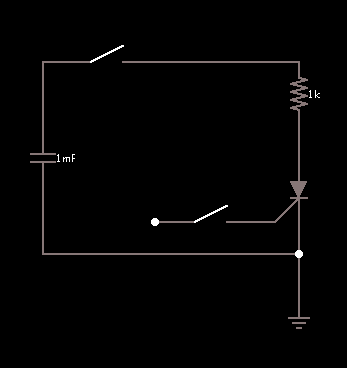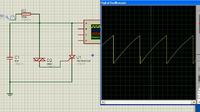requester
Newbie level 6

Hi,
Can't seem to find a sawtooth generator with a thyristor that is working as it should.
Anyone who can exactly accomplish this given task?
Design a sawtoothgenerator including a thyristor. Explain how it works with the components used and calculate the amplitude and frequency of the output signal.
Check and control your theoretical calculations with measurements.
If possible I'd like a working multisim circuit and correct calculations. The explenation is less important but would be apreciated none-the-less!
I'll try and understand it anyway.
Thanks in advance again!!
Can't seem to find a sawtooth generator with a thyristor that is working as it should.
Anyone who can exactly accomplish this given task?
Design a sawtoothgenerator including a thyristor. Explain how it works with the components used and calculate the amplitude and frequency of the output signal.
Check and control your theoretical calculations with measurements.
If possible I'd like a working multisim circuit and correct calculations. The explenation is less important but would be apreciated none-the-less!
I'll try and understand it anyway.
Thanks in advance again!!





